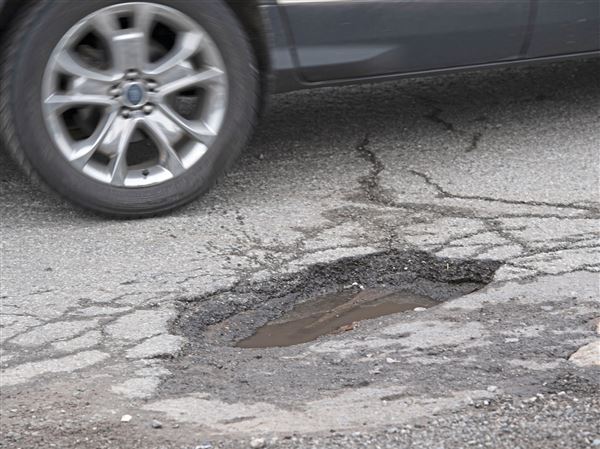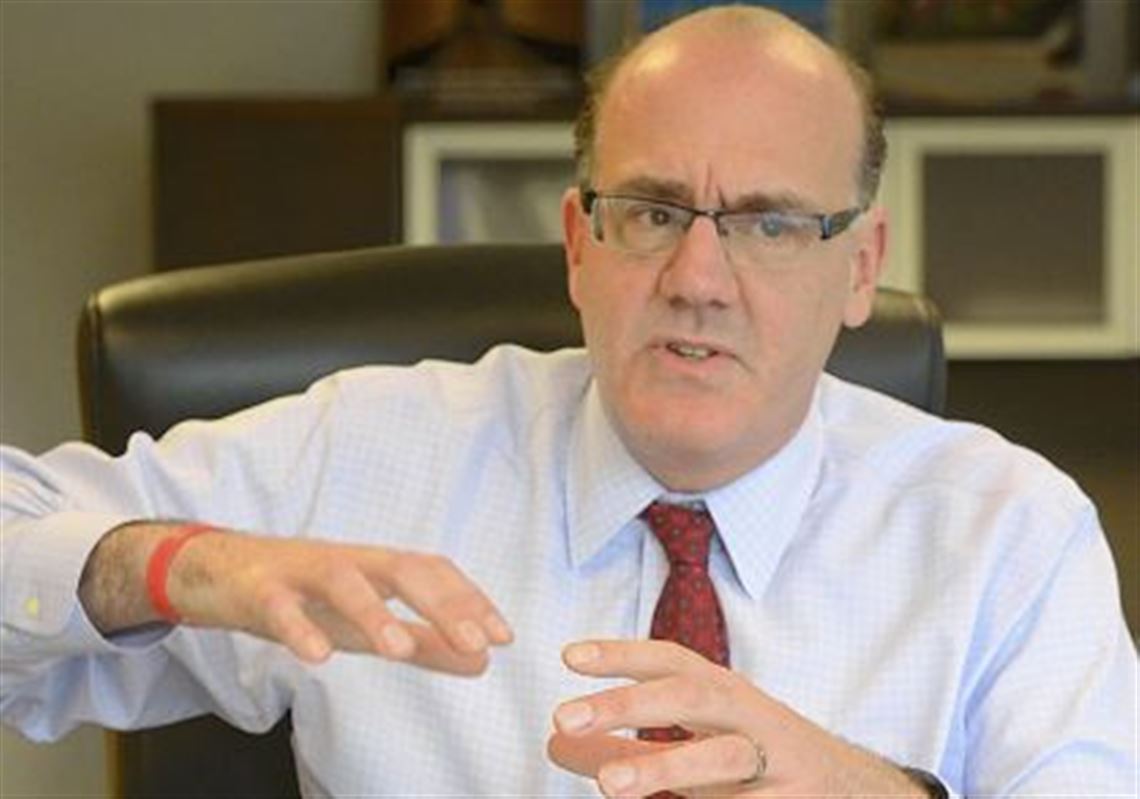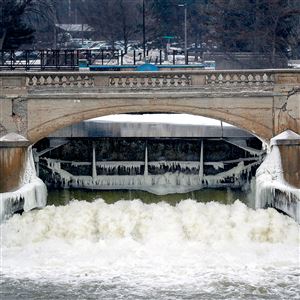The Pittsburgh Water and Sewer Authority started using a new chemical Thursday that within months should make water less corrosive and form a film on pipes to prevent lead from seeping into a family’s potable water.
“We’re using the public water supply to prevent [lead] leaching from people’s private plumbing,” PWSA executive director James Good said.
The decision to switch from caustic soda to soda ash was weeks in the making and correlates with, but was not caused by, a drinking water crisis in Flint, Mich., authority spokesman Brendan Schubert said.
Concerned about the high price of Detroit water, Flint in April 2014 began drawing corrosive water from the Flint River that broke down pipes, exposing residents to lead, which can affect the nervous system and children’s development.
President Barack Obama on Saturday declared a state of emergency there. Residents are advised against using unfiltered tap water for cooking, bathing or drinking, although Flint went back to using Detroit water in October.
“I think this is a good opportunity for people to understand the water systems of Allegheny County have been using the same sources for a very long time, and they are comfortable treating those to meet rules and regulations,” said John Jeffries, supervisor of the county health department’s Public Drinking Water & Waste Management Program. “They’ve always taken this very seriously, but everyone is looking a little harder now [after Flint], and people should. For what it’s worth, I drink the tap water.”
The U.S. Environmental Protection Agency’s Lead and Copper Rule requires that water systems monitor drinking water at customers’ taps, and when lead appears in excess of 15 parts per billion — the action level — in more than 10 percent of customer samples, a water system must work to control corrosion and inform the public.
PWSA water quality reports show the level of lead, which is collected once every three years, has increased from 2 parts per billion in 1999 to 14.7 in 2013.
Even at the action level, “It does not mean the water is not safe to drink,” Mr. Jeffries said. Lead levels will again be tested between June 1 and Sept. 30 of this year, he said.
In the interim, the county monitors reports submitted every six months by each of the 37 community public water suppliers. The suppliers check corrosive pH levels and alkalinity levels each month and submit the results twice a year, Mr. Jeffries said.
Mr. Good said he does not expect PWSA’s lead concentration to reach the action level, as soda ash should be more effective in preventing lead leaching, though it’s “hard to say what the results will be.”
The number that’s just three-tenths shy of the federal action level represents the 90th percentile of 50 samples taken from customers’ sinks across the city, five of which were above 15 parts per billion, Mr. Good said. He declined to say where the higher concentrations were documented, as the age of a home is more relevant to lead levels than its location.
“People aren’t in danger. The lead levels are very low,” Mr. Good said. “The drinking water regulations are written with very large safety barriers in mind.”
Of the 37 water systems in Allegheny County, 10 reported lead levels greater than 1 part per billion, and five fell between 0 and 1 part per billion, department records from 2013 and 2014 show.
The greatest lead level — 14.7 — was reported by PWSA, which serves 300,000 people in Pittsburgh and surrounding areas, followed by an 11.5 documented by the Wilkinsburg-Penn Joint Water Authority, which provides water to 250,000 people in the city’s eastern suburbs.
In Flint, Virginia Tech researchers saw cases above 5,000 — at which point the EPA considers water to be “toxic waste” — and as high as 13,000 parts per billion, The Washington Post reported.
The Pittsburgh Poison Center at Children’s Hospital of Pittsburgh of UPMC has received no calls from parents concerned about lead in the water here, UPMC toxicologist Anthony Pizon said, noting that the EPA has been lowering the acceptable levels of lead, with the aim of bringing the upper limit down to zero.
“In Pittsburgh, our lead issues aren’t with our water supply. Our problems with children comes from lead paint. We have older homes, paint chipping off, children eating it. We need to watch out for lead paint in older homes,” Dr. Pizon said.
The New York Times contributed. Lexi Belculfine: lbelculfine@post-gazette.com. Jill Daly: jdaly@post-gazette.com.
First Published: January 22, 2016, 5:00 a.m.




















